Our most common native evergreen is the eastern red cedar, a cone-shaped juniper with a spicy yuletide aroma. It's prickly, scale-like leaves are quite different from those of spruce, fir or pine. But it's symmetrical shape and fresh scent make cedar a yuletide choice.
Most red cedars don't end up as Christmas trees, and those that stay outside add green to winter's landscape. Cedar branches can be loaded with blue berries from fall through winter. The berries attract living ornaments in the form of robins, bluebirds and cedar waxwings. Sometimes scores of these birds feast on a cedar, gorging themselves on the high energy fruit.
Cedars are especially beautiful when draped with new-fallen snow. Their dense branches shelter birds at night and during storms. They also protect deer and rabbits from energy sapping winds. Come spring, mockingbirds, robins and mourning doves will seek these same protective branches for their nests.
See how many birds you can find in cedar trees this festive month.
Hail, Cedar!
The Red Cedar’s red, aromatic wood is used for chests, closets, interior finish, posts, pencils, and other objects. An oil from the resin is used for ointments, soaps, and to flavor gin.
- The tree has been cultivated since 1664, and old specimens are prominent in many old cemeteries, farmyards, and neighborhoods.
- The tree’s fruit is eaten by many species of birds and mammals — cedar waxwings are named for their preference for the fruits. The thick crowns provide nesting and roosting cover for many birds.
- As a colonizer, cedar plays an early role in transforming a damaged, stripped landscape back into a forest. This tree is host to cedar-apple rust, which in certain stages makes brown spots on the leaves of apple, hawthorn, and crabapple trees.
- On cedars, the rust is a woody, purple-brown ball that, when moist, develops golden-orange, jelly-like extensions. The rust is generally not a problem for healthy trees, though it is unsightly on its rose-family hosts and can cause problems for apple orchards.
For more on the red cedar,visit our MDC Field Guide.
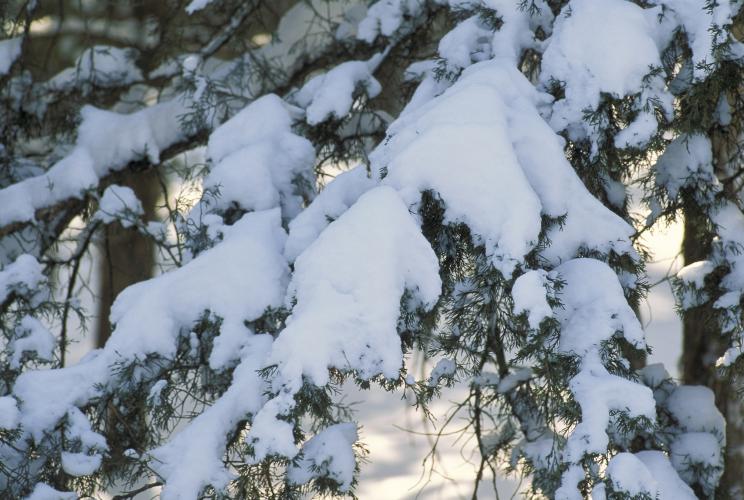
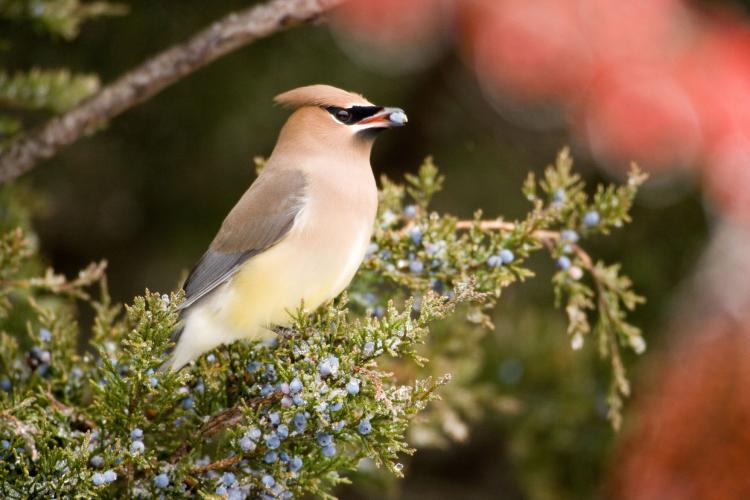
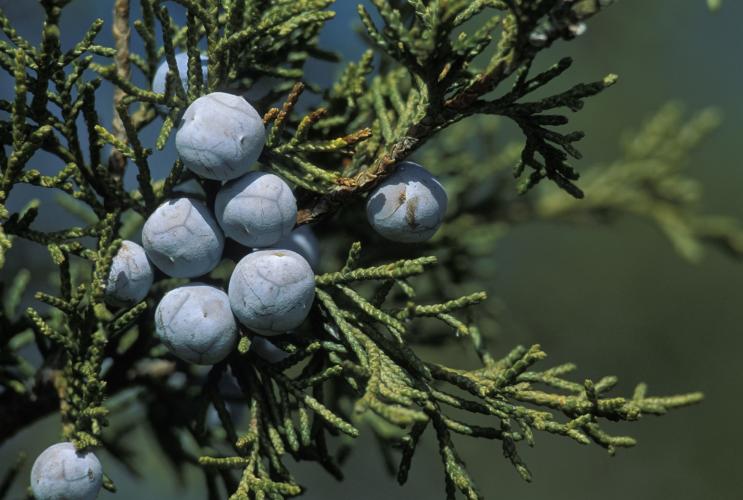
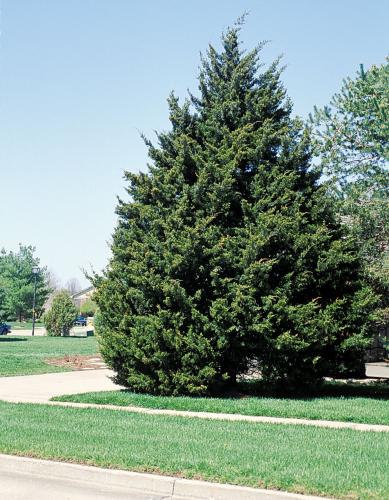
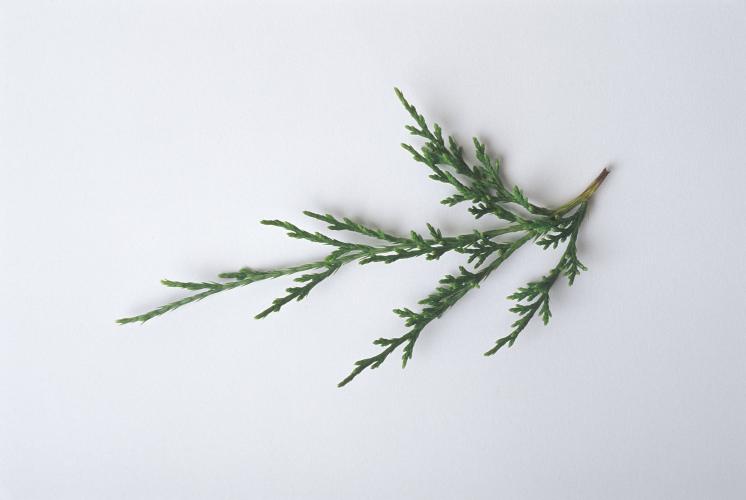
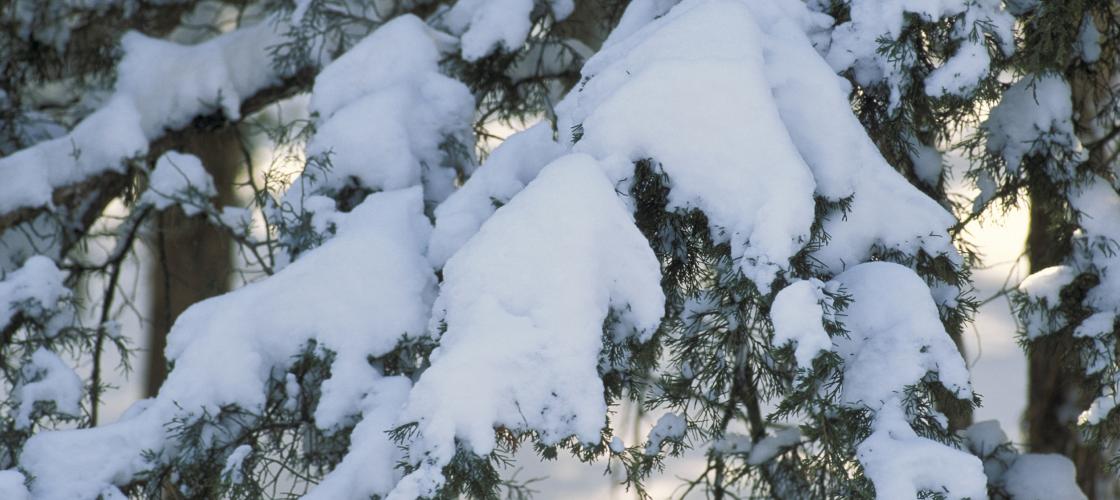
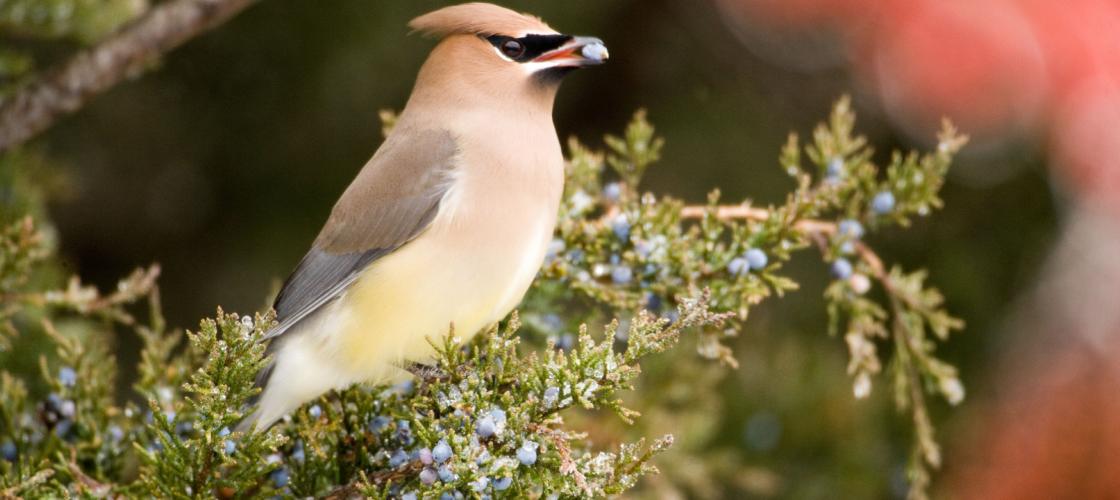
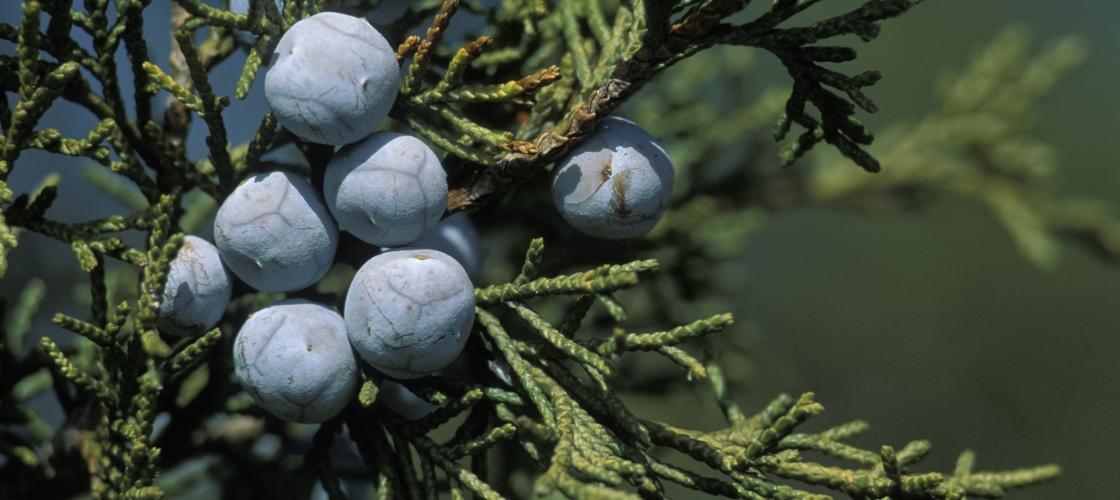
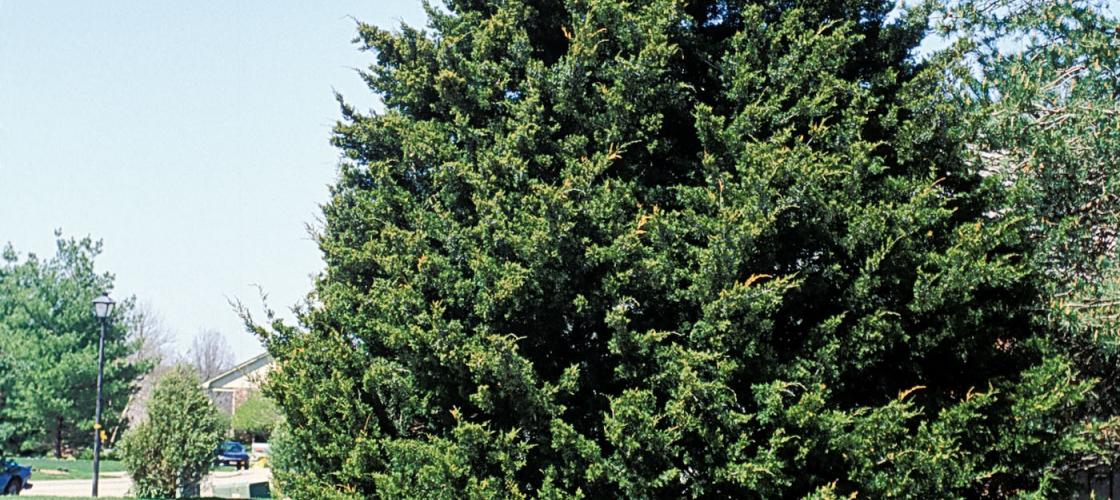
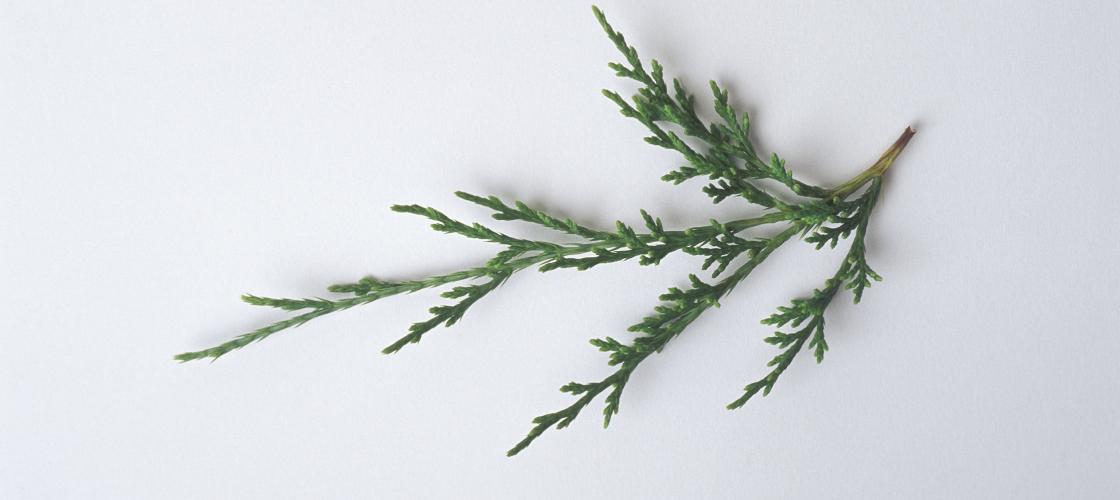
Recent Posts
























